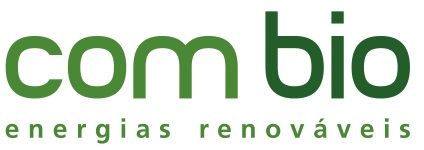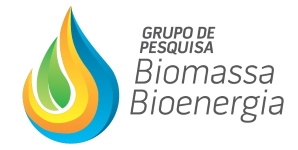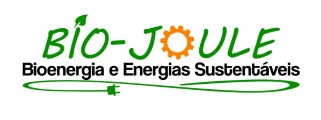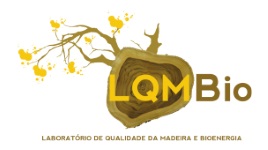ENERGY POTENTIAL OF A NEW TYPE OF WASTEWATER TREATMENT PLANT
01 - Algae
 1 LUDIMILA ZOTELE AZEREDO, 2 RICARDO FRANCI GONÇALVES, 2 RENAN BARROSO SOARES, 3 ZUDVAN PERTELI
1 LUDIMILA ZOTELE AZEREDO, 2 RICARDO FRANCI GONÇALVES, 2 RENAN BARROSO SOARES, 3 ZUDVAN PERTELI
1 FEDERAL UNIVERSITY OF ESPIRITO SANTO (UFES) -DEPARTMENT OF ENVIRONMENTAL ENGINEERING, NUCLEUS OF BIOENGINEERING APPLIED TO SANITATION, FEDERAL UNIVERSITY OF ESPIRITO SANTO (UFES), VITORIA, ES, BRAZIL
2 DEPARTMENT OF ENVIRONMENTAL ENGINEERING, NUCLEUS OF BIOENGINEERING APPLIED TO SANITATION, FEDERAL UNIVERSITY OF ESPIRITO SANTO (UFES), VITORIA, ES, BRAZIL
3 FEDERAL UNIVERSITY OF ITAJUBÁ, INSTITUTE OF MECHANICAL ENGINEERING (IEM), EXCELLENCE GROUP IN THERMAL POWER AND DISTRIBUTED GENERATION (NEST), ITAJUBÁ, MINAS GERAIS, BRAZIL.
This study aims to estimate the energy potential of a new type of wastewater treatment plant, whose system was designed by the Núcleo Água team from UFES and aims maximizing the use of energy, nutrients and water for reuse. Integrating microalgae sytems (MAS) at municipal wastewater plants (WWTPs) to produce bioenergy offers many potencial synergies. In theory, all resources required for algae growth are available at WWTPs. Wastewater provides a growth medium rich in macro and micro nutrients, CO2 can be supplied from flue gas on site by the anaerobic digest process The system for analysis is the association in series of preliminary treatment step, UASB reactor, high rate pond and a solid separation phase - liquid collection and recycling of microalgae, composes the treatment system. This microalgae biomass is sent to the UASB to maximize biogas production during anaerobic digestion and increase energy system availability. Two configurations had their energy potential evaluated from mathematic models consolidated in the literature. The system, include the process for wastewater with integrated MAS, but not include the biogas use on site and codigestion of harvested biomass.. To quantify the available energy by performing mass balance and energy individualized for each process and for the integrated system, mathematical models of design and experiments reported in the literature were used. The energy production in the proposed systems is attributed to the energy potential present in the methane generated in the UASB reactor. The comparison between the configurations studied by this article was carried out based on the electric power generation capacity of the proposed station. This analysis was estimated by calculating the Energy Return on Investment (EROI). The results indicated a positive energy balance for the new configuration, being the system available energy (0,441 KWh / m3) is 61,45% greater than the traditional configuration. This new wastewater treatment plant model can be considered to have a positive balance of energy, featuring operational simplicity, operating in the tertiary treatment of sewage, allowing the recovery of nitrogen and phosphorus nutrients, operating in sequestering CO2 and hence contributing to reducing the concentration of greenhouse gases in the atmosphere.
Keywords: potential energy, sewage treatment, high rate pond microalgae biogas.

























